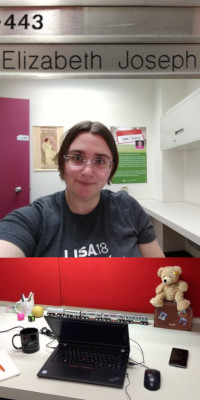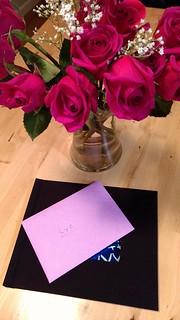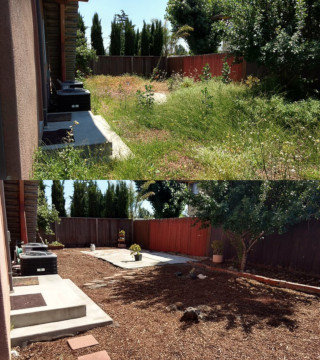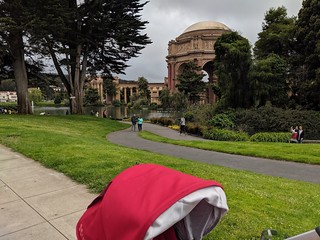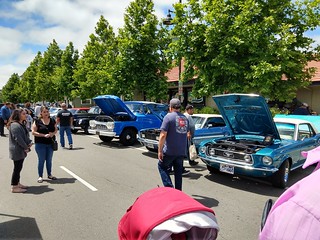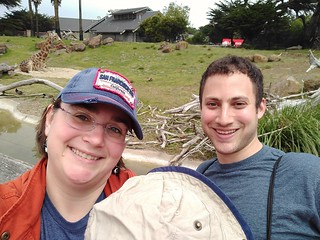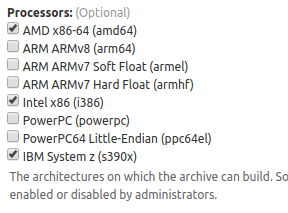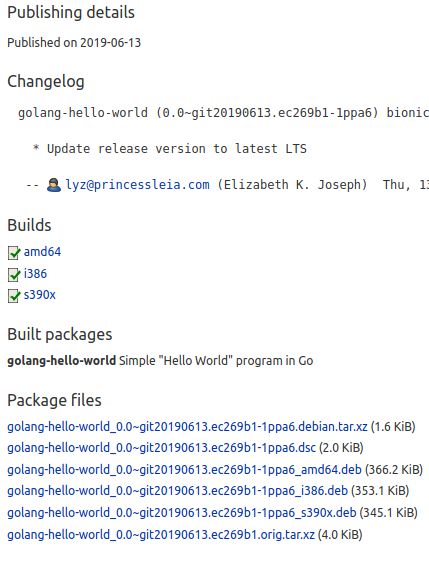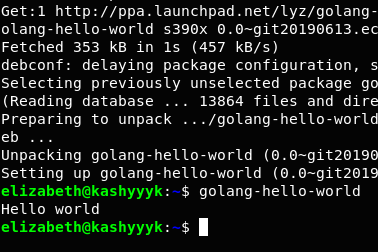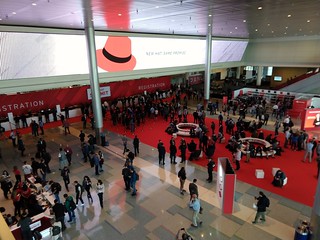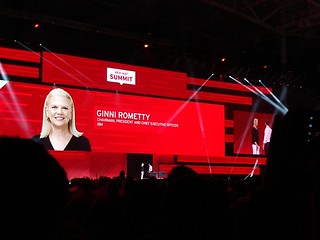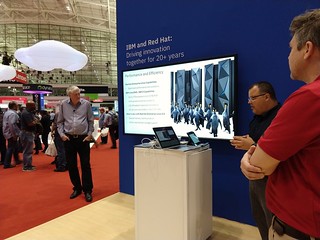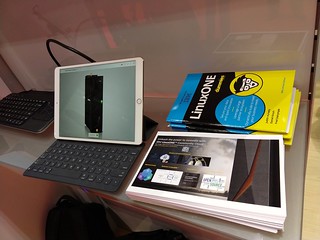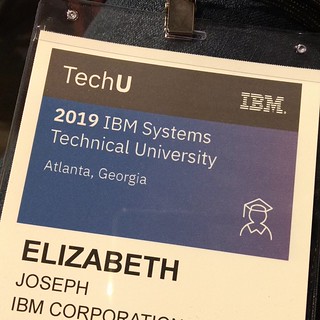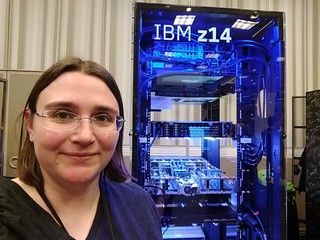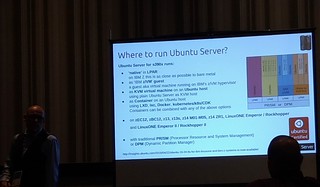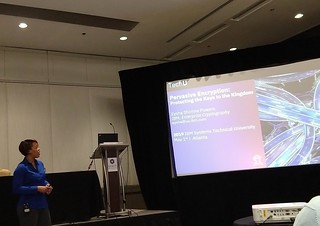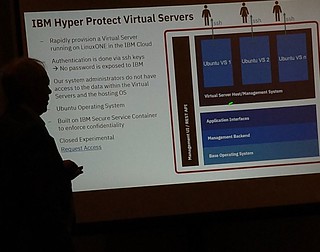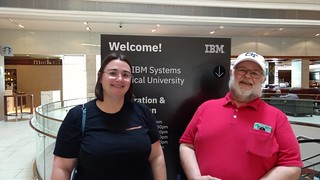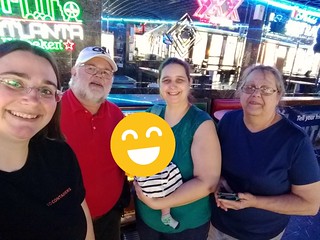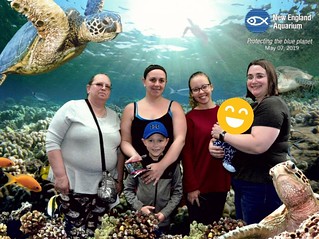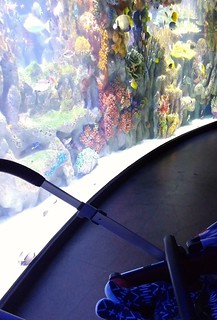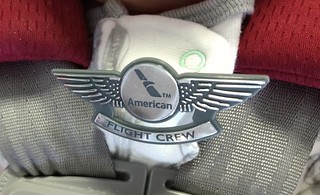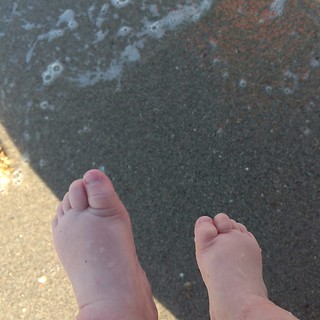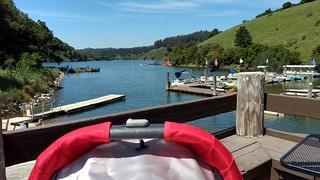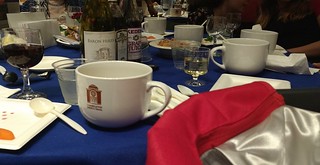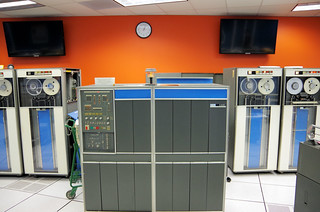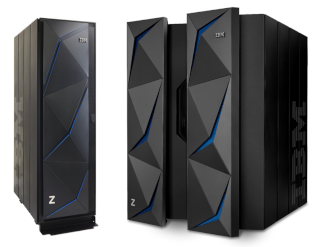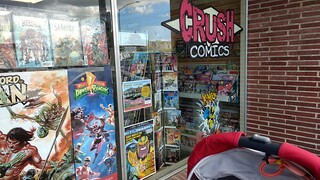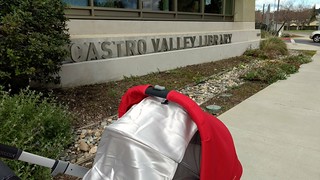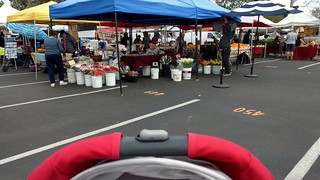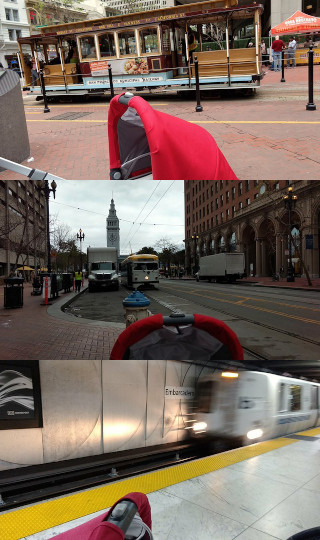It’s been a couple months since I’ve been able to sit down and do a proper blog post about generic life stuff. That’s entirely due to how exhausting life is now. I have to wake up much earlier than I used to due to Adam’s immutable schedule (why don’t kids sleep in?) and in my new job I have meetings starting around 8AM Pacific anyway. I schedule 9 hours for work each day so I have the space to be flexible when an appointment pops up on my calendar. After work I get my 2.5 hours of quality time with Adam until he goes to bed, then there’s chores and dinner before I can finally go to bed myself, which frequently doesn’t happen until 11PM. Weekends aren’t much better since the kiddo needs a lot of attention and it’s also when I get caught up on the big chores like laundry and mail.
In a lot of ways, I’m really lucky. Having an au pair sharing our home with us means we don’t need to run around and get Adam ready for day care and deal with getting him there and back. Working from home a good chunk of the time when I’m not traveling gives me a considerable amount of flexibility with my schedule, and actually allows me to work more than if I had a daily commute. We have the financial freedom to get prepared meals for dinner, so I only really need to bother with breakfast and lunch, which are easy. We have a service come in to clean the house every other week, so while I do have a bunch of chores to keep the house running day to day, cleaning toilets isn’t one of them.
But what severely lacking is personal time. The only reading and TV watching I do now is while I’m expressing breast milk, which is 20 minutes at a time 3 times a day (I do it 5 times a day, but 2 of those are while I’m working!). I’ve tried to read before bed like I used to, but I’m so tired by the time I get to bed and I really need to sleep. All of my personal projects have been gathering dust. Open source projects I’m involved with only get a small sliver of my time. Even personal email has been piling up in a way I’m not accustom to.
Still, while I know I’ll never again have the glorious swaths of free time I enjoyed before we had a child, but I think things will get easier once little Adam drops his middle-of-the-night feeding and is slightly more self-sufficient.
But enough with the preamble, I went back to work at the end of April! I have an office now, which taught me that it wasn’t specifically offices that I hate working in, but open floor plans. I look forward to my days at the lab, even if my commute is 3 hours (1 hour in the morning, 2 hours to get home).
I was able to celebrate my first Mother’s Day as a mother back in May! I now understand why so many mothers want to trade a fancy brunch for sleeping in. I did partake in a bit more rest than usual, then was surprised by roses and some small gifts from the family. We went to a brewery for a leisurely lunch and sat outside, which was wonderful and not stressfully busy like all the brunch places would have been.
We’ve had some house projects going on. The one I took the lead on was getting our yard sorted out. Between my inability to do gardening while pregnant, and then the chaos of having a newborn, the yard turned into a jungle! After calling around, I finally found a service who would come out to spend a couple days getting it in order. Next I just need to find someone to maintain it, since as much as I want to do it myself, I am struggling to find the time.
MJ is taking the lead on getting our roof prepared for solar panels to be installed, which is a multi-phase effort to get a bunch of things moved and then a roofer in to tidy it all up before the solar guys come out. He also plans on installing the closet doors we finally got painted and are sitting in our garage.
We also had some family photos done. We met up with the photographer who also did our engagement, wedding, and my professional head shots. The original plan was just for MJ to get head shots, but I added in family photos since I figured it would be a nice opportunity. We went up to San Francisco to meet her, took Adam to the beach to start the photos (beautiful place, but windy, cold and in retrospect, not the best idea) and then over to the Palace of Fine Arts (a better idea!). We got some good pictures, but it was a tiring day for us all.
Another weekend was spent closer to home, with MJ’s friend Matti in town we made a short walk to the Castro Valley downtown to enjoy the annual car show. I took lots of pictures and daydreamed about what classic car I’d love to own some day. It was a warm day and Adam slept through most of it as we strolled down the boulevard.
More photos from the car show are here: https://www.flickr.com/photos/pleia2/albums/72157709126865576
The next weekend MJ brought Matti to the airport and headed off to do some work while Adam and I met my friend Nathan at the San Francisco Zoo for Adam’s first zoo visit! I thoroughly enjoyed getting to visit with a friend, but quickly realized how difficult it is now to have meaningful conversations with a six month old in tow. Adam is a great baby, but his age means he needs a lot of attention, so our conversations were often interrupted and staggered. Fortunately Nathan took it in stride and insisted he still had a great time when I later apologized for having my attention split so much.
I didn’t take many photos at the zoo, but there are a few: https://www.flickr.com/photos/pleia2/albums/72157709210306098
This takes us to the end of June, when we hopped on a plane and went to Philadelphia for a couple weeks, and then on to Florida for a wedding.
Looking at how much we have been doing these past couple months, I should probably cut myself some slack regarding how little I feel like I’m getting done. It’s not always easy, but we’re still having fun and getting out there as we adjust to life with the newest little member of our family.


